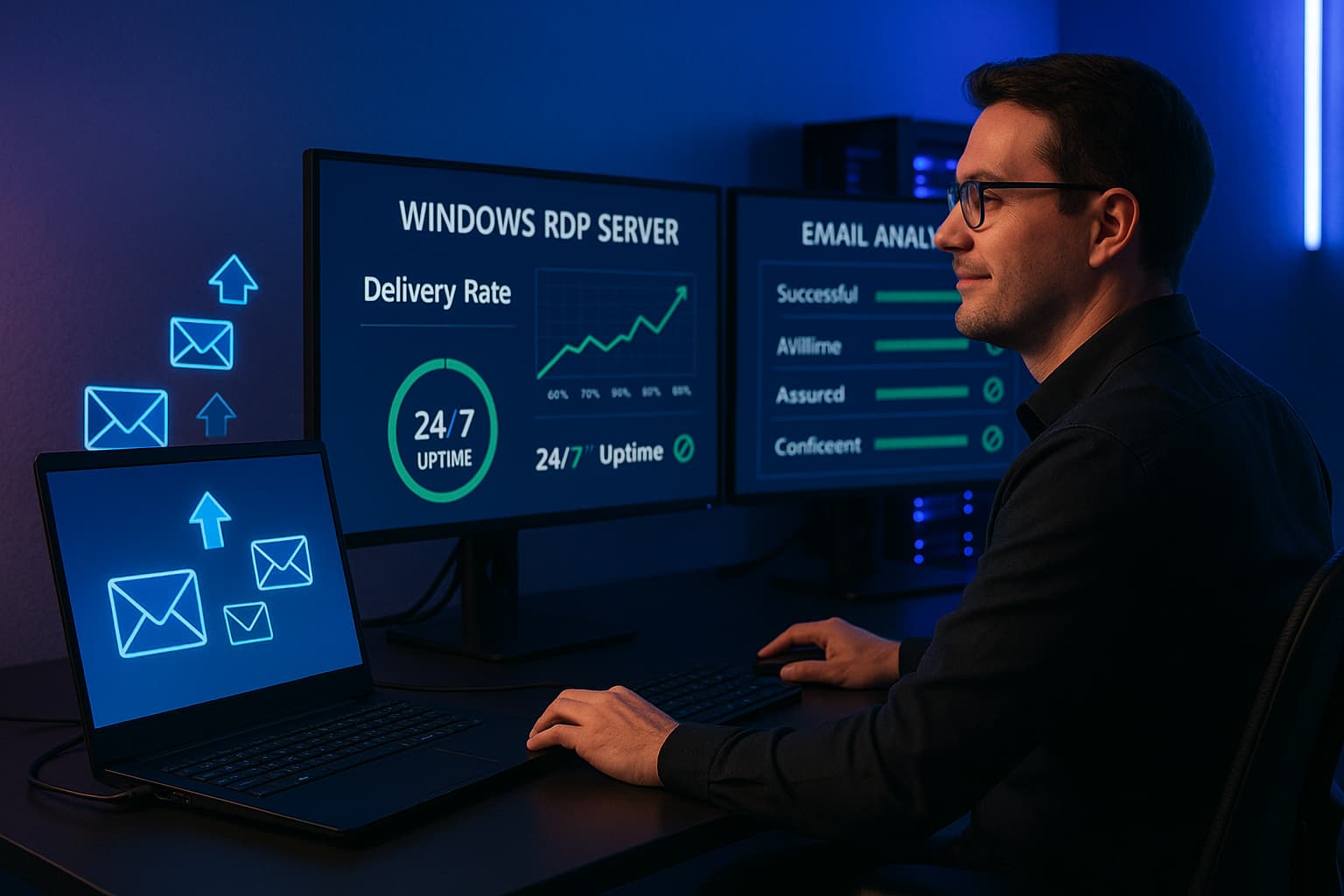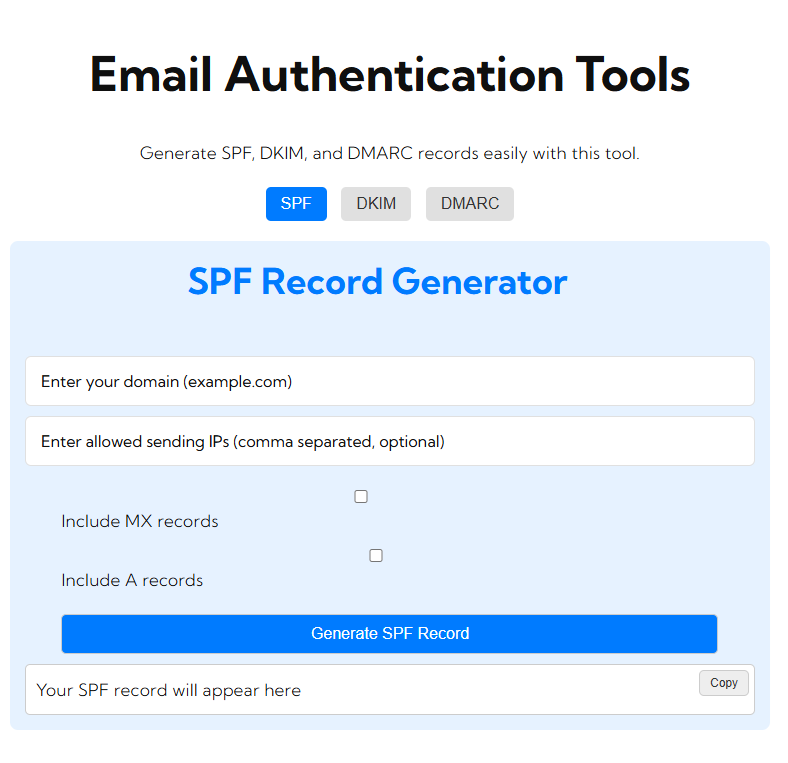Of course, email marketing can be an effective means of reaching your audience; but what’s the point of reaching your audience if your emails end up in the spam folder? So, what’s a spam checker? A spam checker is a software that assesses your content based on sender reputation and other considerations for the probability of being marked as spam. So, in this guide, we are going to explore how to use a spam checker effectively to improve email deliverability.
Step-by-Step Guide to Using Spam Checker
Step 1: Choose a Reliable Spam Checker Tool
There are numerous spam checker tools available in the market and they could be either free or paid. Here are some of the most popular ones:
- Mail-Tester: It is one that filters out the spam content and gives a score based on the basis of content, IP reputation, and many more.
- SpamAssassin: This is an open-source spam filter used to check e-mails by using a scoring system.
- MXToolbox: This tool allows checking blacklist, analyzing email headers, and even spam tests.
- Litmus Spam Testing: This is a paid service that tests your email copy against the major spam filters like Gmail, Yahoo and Outlook. Choose a spam check tool that best works for your needs and budget.
Step 2: Check Your Email Content
- Words that Trap in Spam Filters: Words in your email copy like “free”, “guaranteed”, “buy now”, and “urgent” are the words that will wake up the spam filters. Try to steer clear of using them too often.
- Avoid ALL CAPS and Excessive Punctuation: Emails, mostly written in full caps, highly marked with exclamation marks and other special characters, get flagged as spam like most spammers.
- Check the Email Structure: Ensure your email has a proper structure: it must have a clear subject line, personalized greeting with as much salutation as possible, body content, and a signature.
Step 3: Test the Email Sender Reputation
- Ensure that your email domain is verified on both SPF and DKIM. These records will prevent your emails from being flagged as spam.
- Check the IP Reputation: Suppose you are using a shared IP address. Check that with the help of a spam checker. Bad reputation on an IP could cause your even clean emails to be tagged as spam.
Step 4: Use Spam Checker Tool
- Send Test Email: Write the e-mail the same way you would if you were to send it, but address your spam checker tool.
- Analyse results: Spam checker will feed you back some feedback about your e-mail with:
- Spam Score: The probability that your message goes to mark as spam. The lower is the spam score the better.
- Content Issues: Identify any offensive words or phrases in your email.
- Technical Issues: Authentication issues, blacklists, and other technical reasons for deliverability issues.
Step 5: Tweak Your Email Based on Feedback
- Change Your Content: Modify your content based on the findings of the spam test to reduce your spam score
- Fix Technical Issues: Correct authentication issues-Spam Filter Auth, DKIM-and blacklists that the spam test detects.
- Test Again: Run the new improved score of your revised email across the spam checker tool.
Step 6: Ongoing Test and Checking
- Test Emails Regularly: Test your emails before every campaign in the spam checker for an ultimate deliverability check.
- Monitoring bounce rates, which can also impact your sender reputation. Recycle your email list of something to remove invalid or not-active addresses.
- Engage the Audience: Increase your engagement metrics with recipients opening and reading your emails. That will help reduce spam scores.
FAQs
How low can an email spam score be?
Ideally, your email spam score should always be below 5.0. The smaller the score, the higher your prospects of avoiding spam filters. Any score above 5.0 may necessitate changes right away, so you do not encounter delivery issues.
How often should I use a spam checker?
It pays to use a spam checker before each email campaign. Issues are spotted early, they are corrected, and your emails land in the inbox again time and again.
Is using spam trigger words absolutely sure to get my e-mail flagged as spam?
No, but overuse of spammer trigger words can make your email more likely to be flagged. Use the trigger words as rarely as possible and only when context will allow.
What happens if my IP address is blacklisted?
If your IP address is blacklisted, you should contact your email service provider for investigation. Some blacklists permit removal while others do not.
Conclusion
Indeed, a spam checker can be an important part in ensuring that your e-mail marketing campaigns land squarely in recipient boxes. Such tools analyze content in the e-mail and the sender’s reputation, along with other technical factors, and would identify and resolve issues which prevent the messages from being delivered. E-mails need to be tested and optimized regularly to raise deliverability rates and audience engagement in general. Start using a spam checker today to ensure your emails land where they belong: in the inbox, not the spam folder.






